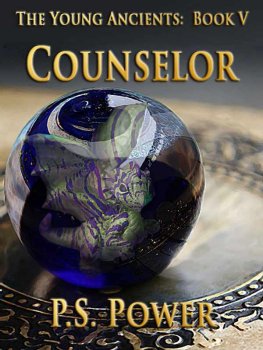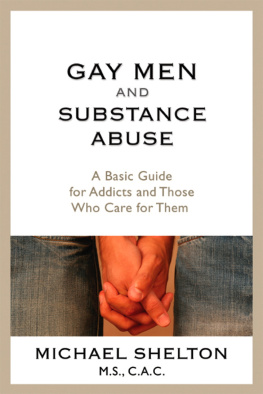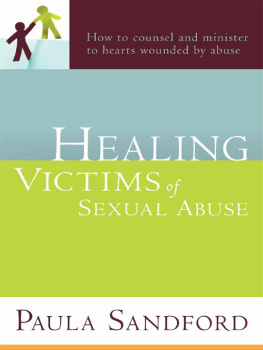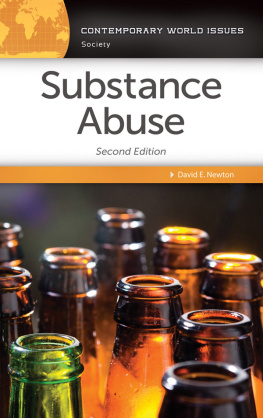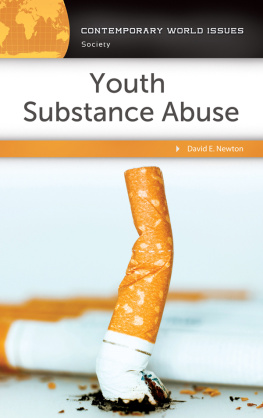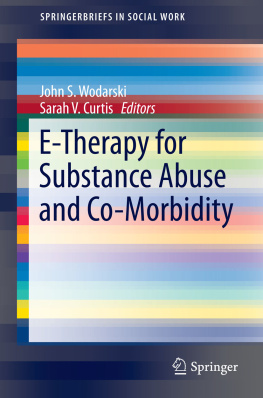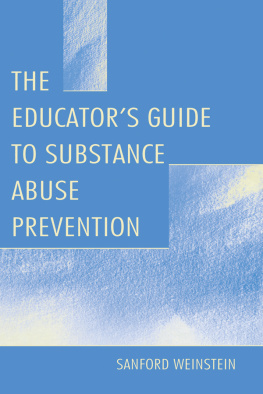HEALING TRAUMATIZED CHURCHES
A Journey Towards Healthy, Faithful Resiliency in Drama Format
by
Pastor Ronald H. Wean, MDiv, MEd, LPCC, HTC MINISTRIES, LLC
Copyright 2021 by Ronald H. Wean
Healing Traumatized Churches
by Ronald H. Wean
Printed in the United States of America
ISBN 978-1-951966-02-7
All rights reserved solely by the author. The author guarantees all contents are original and do not infringe upon the legal rights of any other person or work. No part of this book may be reproduced in any form or the drama performed without written permission of the author. The views expressed in this book are not necessarily those of the publisher.
Unless otherwise indicated, Bible quotations are taken from The Oxford Anotated Bible. Copyright 1962 by Oxford University Press, Inc.
www.priorspress.com
IN MEMORIAM
Kay Frances Wean
Brave, beloved artist and co-author, SGD
and
DEDICATED TO
Dr. Sabiers and the courageous team at the bone-marrow transplant unit
of
Miami Valley Hospital, Dayton, Ohio
Foreword
A Quote from Healing Traumatized Churches: There are no classes taught in seminary to understand the dynamics of traumahow it affects individuals and how traumatizing leadership impacts organizations. Based on a first responder study, spirituality is the best predictor of post-trauma growth, yet not a single book talks about the theology of trauma, its healing and teaching. (Chapter 5)
In my morning meditation, I came across this prayer: Lord, guide us to act, live, and pray as the times determine. Make our faith grow to accommodate the needs of your people and the fulfilment of your kingdom. As I utter the prayer, my attention was caught by the phrase to act, live, and pray as the times determine. This book is written in and for these times in the life of the church.
You are holding in your hands a timely contribution toward mending the fabric of relationships in the community of faith. Who is not aware of a church that has been shocked or deeply troubled by internal and external behaviors, decisions, or experiences? More likely, most of us have been or are a part of such a church.
In recent decades, we have finally mustered the courage to react to the coercive and abusive leadership behaviors in the church and to ultimately identify and respond to its effects. While there is a crack in this great wall of silence, churches and their leaders are still ill-equipped to address and integrate the experience of trauma after it has occurred. Any kind of trauma is a challenge, there is no question about that. What makes it more difficult is our relationship with the person or group of people that cause us such trauma. It tears at the social fabricthe intricate web of relationships that makes the church a community of faith and witnesses together.
The first thing you will notice about this book is its unusual presentation: the dramatic format. Since the ancient Greeks time, a dramatic presentation has been used to convey compelling messages from the speakers and writers to their target listeners. And its effectiveness never failed. By merely watching actors from the balcony, by carefully observing the lives portrayed on the stage, we instantly get it. We laugh and cry, sharing every emotion with the characters. We accept or despise their flaws. Similarly, we offer redemption and forgiveness, too. In witnessing the lives that they portray, we discover unrealized hope for our own.
This book aims to achieve the same impacts that Greek dramas have imparted on us. With this books dramatic format, we can touch a complicated and often out-of-reach subject. We are invited into a healing room, yet we are not forced into it. We are inspired to see things differently, to realize the unusual in the usual things. As a result, we are invigorated to bring light and healing to dark corners and spaces that have eluded us. At multiple levels, we are inspired to develop a renewed understanding about ourselves and about the lives that we share with one another in our faith communities. We are taken out of isolation and invited into communion.
Ron draws upon his extensive professional experience of walking persons through post-trauma reaction and introduce them into new lives of wholeness and post-trauma growth. He effectively used language and conversation to bring his knowledge of trauma theory to practice. Through language, we can name and share our experiences. Through dialogue, we learn the importance of social engagement in our healing. Like a hand to a glove, trauma language and conversation perfectly goes with one another. Using a language and sharing our trauma in conversation with one another unites us as human beings and unleashes energy for ministry and mission.
Thus, a theme of hope, resurrection, and renewal runs through this book. Persons in a faith community can discover new mutuality levelsa fresh experience of care and support to and from one another. There are no boundaries. A congregation can break through the stale, stagnant, and take-no- risk, controlled existence. It can be free once again, rediscovering the Spirit- given energy and life. This is not entirely for the churchs sake; it is also for the sake of the shared gospel mission of all churches.
Jesus said, You are the light of the world You are the salt of the earth (Matt. 5:4, 3). A congregation that has become cranky, controlling, and numb because of ignored post-trauma reaction has lost its saltiness. How can its saltiness be restored? It is the work of the Holy Spirit to transform our lives to be salt and light for the sake of the world God lovesto become a taste of the kingdom.
Ron reminds us that healing from trauma is not by our efforts alone. Transformed trauma is a transformation into the heart of the gospel, and this is the specialized work of the Holy Spirit in the life of the church. The gospel says that God is in our trauma, that in the cross, God has become the Traumatized One for us. Where a faith community learns to claim this promise and seeks to embody it in its life and relationships, it becomes a good news community more and morethe kind that our trauma-stricken world needs and longs to see.
This is not a call for perfection, but rather, a call for the church to become a Christ in the world: a wounded healer. As a faith community, our journey involves being aware of our pains and actively seeking healing. It requires us to become attentive to our failures and to consequently seek forgiveness. It is not despite failures, hurts, and trauma, but because of them, the church can make Jesus Christ visible in the world in faithful and credible ways.
This book invites congregations to claim and live out their trust in the Traumatized Onethe Crucified and Risen One. For this to happen, new vision and new ways of thinking and behaving will be needed. Church leaders must become equipped with skills, support, and resources to cultivate fruitful conversation and care more honestly for one another. To this end, Ron makes a significant contribution.
This is deep and passionate labor of love. I am grateful for the gifts that are evident heregifts of the Spirit for the sake of the churchs part in Gods mission in todays world. Here is nearly a whole lifetime of integrating critical frameworks and practices for healing with a churchs love while being steeped in the dramatic arts. This creative work is a gift to the church and to me.
Pastor Dale Ziemer, MDiv, MAASB
The Center for Parish Development
Palatine, Illinois Easter, 0
Introduction:
Why Write About Church Trauma?
When faced with significant life challenges that are physically, emotionally, mentally, or spiritually damaging, what are your typical response? Do you hide? Do you run? Or do you face the problem head-on? You are the driver of your own life outcome, the same way that your church leaders are the ones that set sail for your church. So, what should the church do in case of trauma?


